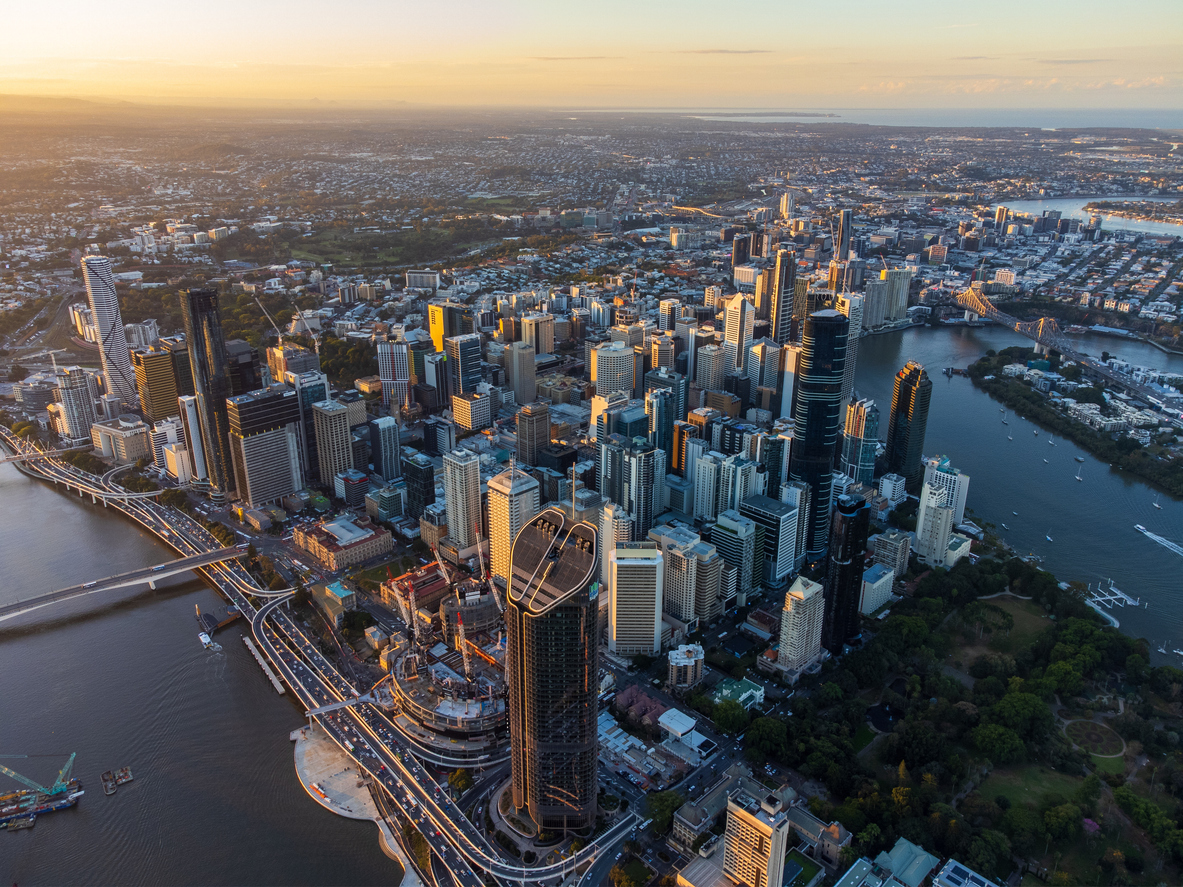
Welcome to this week’s property news.
The ASX AREIT index was down -8% last week as high inflation, tighter monetary policy, and COVID-19 lockdowns in China continue to both darken the economic outlook and depress investor sentiment. The fall was the largest weekly fall since the pandemic began in March 2020.
The broader market (ASX200) fell by just -3% suggesting that the market feels that real estate assets may be more overvalued heading into the next cycle as compared to other securities, typically a reflection of the higher gearing real estate assets tend to have.
Construction activity has been substaintial increases in prices across both residential & non residential sectors. The chart below shows the extent of price growth for key construction inputs over the past 2 years. With steel rising 60% and timber and many other major items over 20%, it is little wonder that Builders are being forced to pass on higher costs and only offering up Guarantee Maximum Price contracts or Cost Plus contracts. We understand Financiers are accepting of the market changes however they will require additional equity requirements from Borrowers to meet the greater risk of cost blowouts. Under these circumstances, development returns will naturally fall.

Many construction projects will therefore be reassessed or delayed as a result of these changes.
ABS data on Construction activity indicates that residential activity is generally below previous peaks (see graph above right) indicating that price increases are predominantly due to labour shortages and supply chain issues, as opposed to excessive demand. Non residential construction is still running near to its peak.
Builders have already reported to us a reduction in forward contracts and as such we expect this will reduce the pressure on further price increases.

Supply chain issues are difficult to understand as there are so many components that influence the supply chain. The pressure ripples go back 2 years to the unprecedented demand at the start of the Pandemic, the subsequent dislocation of containers around the world, and the disruption from the Evergrande vessel in the Suez canal. More recently the geopolitical issues including the war in the Ukraine, the general stability of the relationship between Eastern & Western democracies and the zero-tolerance approach to CVOID 19 in China currently being enacted have created further disruptions to critical supply chains.
We expect these issues will not be resolved anytime soon. If possible resolutions to the conflict begin to emerge and COVID impacts continue to subside (particularly in China), there is a possibility that supply will improve and capacity in the system to supply a higher level of activity will return.
In summary, I expect
- projects to be delayed or stalled leading to construction price growth to moderate
- additional equity requirements to support projects leading to lower returns
- improved production capacity as COVID impacts subside but
- ongoing issues for China’s production as they fail to restraint COVID19 variants, and
- geopolitical tensions continuing to constrain global supply chains for the next year or more
Heading into this cycle, we continue to favour investment property underpinned by long term secure tenants who rely on non discretionary consumer expenditure. These include neighbourhood convenience retail, medical & health facilities, education and child care services, fuel & automotive services.
The ability to capture increased income that comes with economic growth and inflation or the reversionary value that is associated with these are important. Assets with access to market rents in 4-5 years time are likely to be more valuable than those with much longer term leases.
As you would expect, we are still cautious on CBD office, hotels, regional and major / regional shopping centres but expect there will continue to be opportunistic buying that can deliver good yields.
Never a dull moment in Australian Property Markets !



